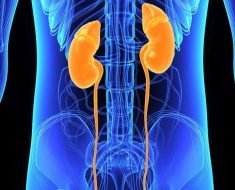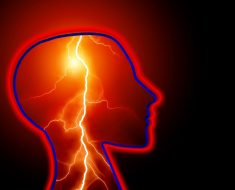A new gene therapy for treating an inherited form of Amyotrophic Lateral Sclerosis has been given an Orphan Drug designation by the European Medicines Agency. The therapy is already in preclinical development at EPFL.
“We are thrilled that the EMA endorses the soundness of our new therapy against this devastating rare disease,” says Bernard Schneider, the EPFL scientist who leads the development of a new drug aimed at amyotrophic lateral sclerosis (ALS). “We are highly motivated to bring our patented approach to the clinic and address this unmet patient need. We are grateful to the Swiss ALS Foundation and Catalyze4Life for helping us on this path.”
Amyotrophic lateral sclerosis (ALS), often referred to as “Lou Gehrig’s disease”, is a rare neurodegenerative disorder that causes progressive muscle wasting and weakness, leading to death within 3-5 years. Although its exact causes are still unclear, we know that the disease involves a complex array of factors that affect different molecular pathways along the motor neural axis (brain-spinal cord-muscles).
The European Medicines Agency (EMA) assigns Orphan Drug designation to medicines that can be used for the diagnosis, prevention or treatment of a rare but life-threatening or chronically debilitating condition that affects no more than five in 10,000 people in the European Union.
The new anti-ALS drug was developed by scientists from the lab of Patrick Aebischer at EPFL. The drug is a viral vector, an increasingly common tool that biologists and clinicians can use to modify the genetics of cells. Viral vectors are derived from viruses whose genes that are essential for replication have been taken out and replaced by therapeutic genes. The modified virus can then safely deliver genetic information into host cells, and therefore be used for gene therapy.
The viral vector that Schneider and his team have developed is an adeno-associated virus that has been modified to produce a small molecule of RNA, or microRNA, which belongs to a class of little molecules that block gene expression.
In the viral vector that the EPFL scientists developed, the microRNA disrupts the production of the enzyme superoxide dismutase 1. This enzyme has been implicated in the development and progression of ALS by multiple studies, and is one of the major targets for treating the disease.
Mutations in the gene for superoxide dismutase 1 account for 20% of genetically inherited (“familial”) forms of ALS. So far scientists have identified over 160 such mutations that turn the enzyme into a toxic molecule whose activity causes the degeneration of motoneurons, the cells that transmit muscle-moving impulses from the spinal cord to the muscles.
The idea behind the drug is that the viral vector can be used to deliver the enzyme-blocking microRNA to motoneurons and also astrocytes, a class of brain cells known to support the function of neurons, but which can also contribute to the death of motoneurons in ALS. Citing previous studies, the scientists expect that blocking the expression of superoxide dismutase 1 in these two cell types, the drug can slow down or even abolish the degenerative impact of ALS.
The Orphan Drug Designation was supported by the Swiss ALS Foundation and the Remedys Foundation. It was organized by the Catalyze4Life program, the Innovation Initiative by EPFL’s School of Life Sciences, together with the EPFL’s Technology Transfer Office.
Source: Read Full Article





